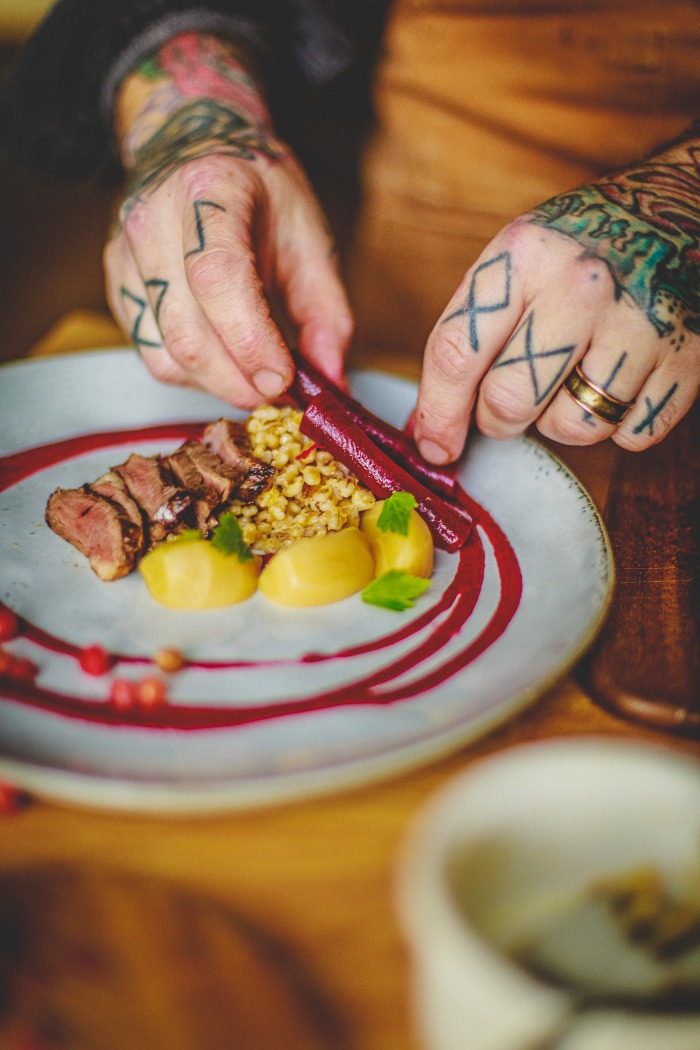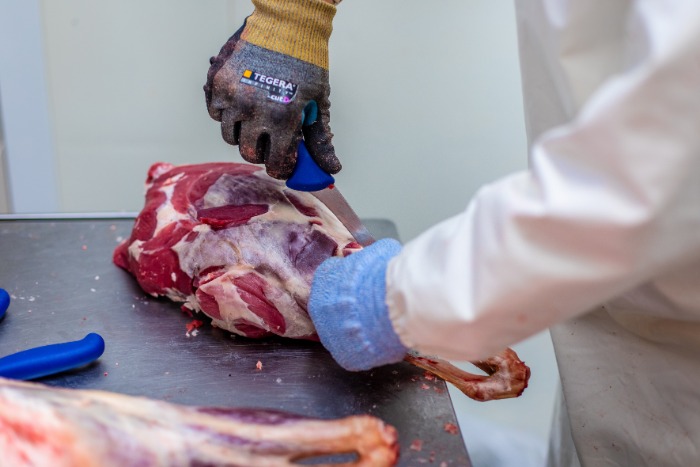The first settlers brought livestock with them – sheep, cattle, pigs, horses, and goats. While the settlers had to adapt their life to the new home and its harsh nature, sheep became the most important source of meat, while cattle were almost exclusively used for dairy production and pigs gradually disappeared.
Today, the consumption beef and pork has increased significantly. The high quality of Icelandic lamb is well known. Lambs are usually 4-5 months old at slaughter in autumn. They have in most cases grazed on mountain pastures, feeding on wild herbs and this is reflected in the taste of the meat; some say that Icelandic lamb "spices itself".
The isolated Icelandic goat population is among the smallest in the world and in danger of extinction. Nowadays Icelanders are rediscovering their old tradition of goat products and, in this way, helping to maintain this rare breed.
Horsemeat is a by-product derived from the breeding of riding horses. Horses are raised in freedom and most feed on wild pastures. Thus the meat is a clean and healthy option that consumers should pay more attention to.
There is no established custom of ham and pork sausages in the Icelandic cuisine although we have traditional lamb sausages called “bjúgu”. Today, more and more farmers produce homemade sausages in the Bratwurst-style as well as hard-cured sausages from lamb and beef.


